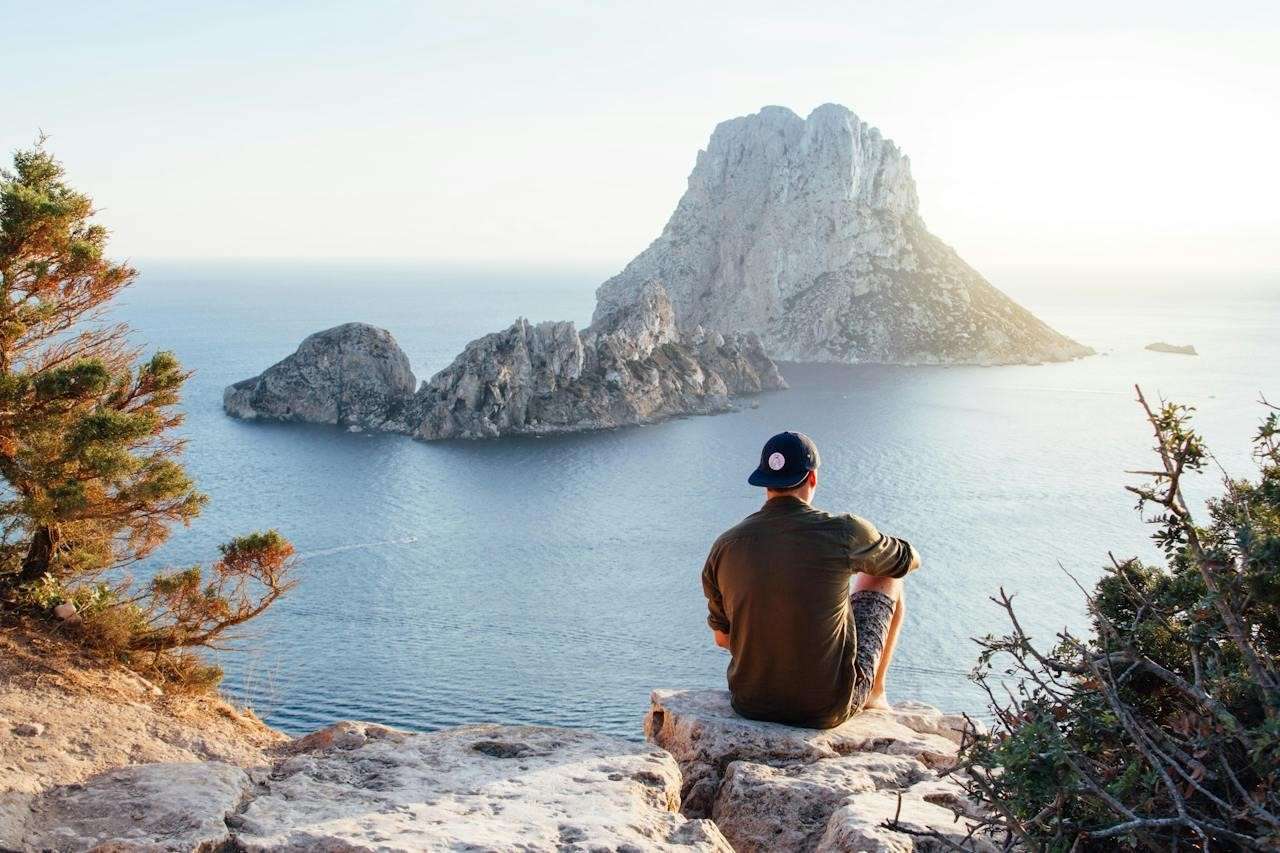Traveling is perfect to meet diverse cultures, connect with communities around the globe, and have lasting memories. Yet, as we go from one place to another, it’s important to think of the ecological ripples our adventures create.
Responsible tourism is one of the most talked about types of tourism these days, urging us to make conscious choices that harmonize exploration with environmental management. To be among those who take good care of our planet, here are strategies to diminish the impact we have and embrace responsible tourism.
Choosing sustainable accommodations
The foundational pillar of responsible tourism lies in the selection of eco-friendly accommodations. Today, a multitude of hotels and resorts foster sustainability, employing energy-efficient practices, waste reduction, and water conservation. To find such accommodations, seek out certifications like LEED or Green Key, as they signify a commitment to minimizing environmental footprints.
Also, opt for lodgings such as eco-lodges or boutique hotels that not only prioritize green initiatives but also harness renewable energy sources. Sustainable accommodations often nurture environmental responsibility amongst guests, encouraging the reusing of towels or reducing single-use plastics. When travelers support such establishments, they actively participate in preserving and maintaining a sustainable hospitality industry as their commitment to responsible tourism.
Engaging in eco-friendly activities
The choices made when planning activities during travel can significantly impact the environment. Join organizations like Involvement Volunteers International that offer eco-friendly activities that promote conservation and environmental awareness. They will have you exploring nature reserves, participating in beach clean-ups, or joining efforts to preserve natural habitats and biodiversity.
Engaging in eco-friendly activities is not merely about personal enjoyment but also about making a positive impact. By immersing yourself in experiences that prioritize environmental education and conservation, you become an advocate for responsible tourism. Moreover, sharing these experiences with others, whether through social media or personal interactions, amplifies the message, encouraging a broader audience to embrace sustainable travel practices.
Opting for carbon-neutral transportation
Transportation’s significant contribution to carbon emissions emphasizes the need for eco-conscious choices. Consider embracing carbon-neutral options, like trains or electric vehicles, to travel the landscape with minimal environmental impact. Use airlines committed to reducing their carbon footprint, some of which offer carbon offset programs, enabling travelers to contribute to projects that mitigate greenhouse gases.
Additionally, the ripple effect of conscientious travel choices extends beyond individual journeys. Travelers who support eco-friendly transportation contribute to a collective shift in the industry, encouraging others to prioritize environmental sustainability in their travel decisions.
Minimizing single-use plastics
Single-use plastics have become synonymous with environmental degradation, particularly in regions with inadequate waste management infrastructure. Responsible travelers combat this issue by adopting simple yet impactful habits. For example, carrying a reusable water bottle, utensils, and a cloth bag can significantly reduce the contribution to plastic pollution.
Moreover, responsible tourism involves actively promoting awareness about the dangers of single-use plastics. Sharing your commitment and encouraging fellow travelers to adopt similar practices contribute to a collective effort to safeguard the environment. Supporting the reduction of single-use plastics, can make you a catalyst for positive change in the places you visit and inspire others to follow suit.
Respecting local wildlife
Responsible tourism intertwines with the ethical treatment of wildlife. Avoiding activities involving direct contact with wild animals and opting for responsible wildlife tours and sanctuaries is of utmost importance. Such endeavors prioritize conservation, ensuring that your interaction contributes positively to the well-being of local ecosystems. With informed choices, travelers become advocates for ethical wildlife tourism, actively working to protect and preserve the planet’s biodiversity.
In addition, supporting wildlife conservation efforts financially and through advocacy also plays a crucial role. Responsible tourists seek out opportunities to contribute to projects dedicated to preserving natural habitats and protecting endangered species. So, align your travel choices with ethical wildlife practices, to actively participate in the global effort to safeguard the world’s diverse fauna for future generations.
Leaving no trace
A fundamental principle of responsible tourism is leaving no trace. This goes beyond the physical act of cleaning up after oneself and encompasses a mindset of respect for the natural and cultural sites visited. Disposing of waste properly, following designated trails, and refraining from removing or damaging flora and fauna are fundamental practices.
Responsible tourists actively engage in the preservation of the environments they explore. They adhere to designated guidelines and promote minimal impact, ensuring that future generations can experience the same unspoiled beauty. Abiding by the philosophy of leaving no trace, responsible tourists become guardians of the planet, actively participating in the conservation of Earth’s natural and cultural treasures.
In conclusion
Responsible tourism is about making conscious choices that shape traveling. Adopting sustainable practices, supporting local communities, and minimizing ecological footprints are only some of the things every responsible tourist should do. The essence of responsible tourism lies in a commitment to leaving destinations better than we found them, ensuring that the joy of travel coexists harmoniously with environmental and cultural preservation.

As the editor of the blog, She curate insightful content that sparks curiosity and fosters learning. With a passion for storytelling and a keen eye for detail, she strive to bring diverse perspectives and engaging narratives to readers, ensuring every piece informs, inspires, and enriches.










